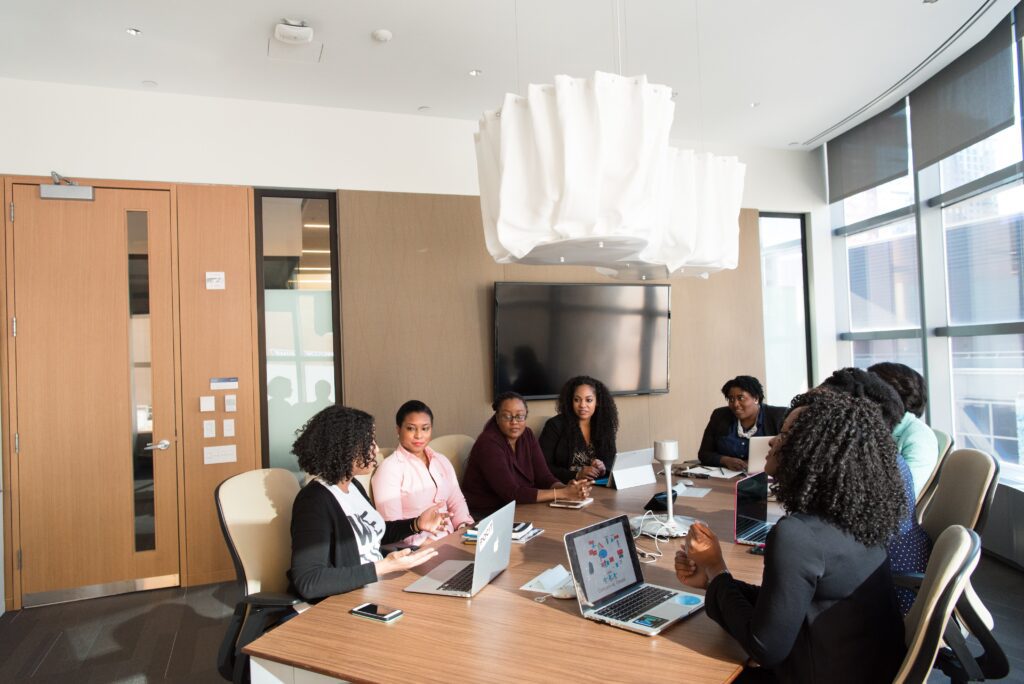Nielsen’s 2021 African American Consumer Report Explores the Influence of Black Culture on Content and Media Trends and the Representation of the Collective Black Community

New data shows African Americans spend more time consuming media than any other group, yet there continues to be a lack of representation of the collective Black community.
Nielsen continues to dedicate itself to telling the story of the power of Black audiences, their diversity, and the representation of the collective Black community. According to “Seeing and Believing: Meeting Black audience demand for representation that matters,” the newest report in Nielsen’s Diverse Intelligence Series, the U.S. Black population has a complex and powerful legacy that continues to shape countries and cultures around the world. Yet, when it comes to representation in media, the complexity that creates the richness of their experience is often lost, and when present, undervalued.

As Black Americans continue to video stream, listen to radio and podcasts, as well as buy Black, they continue to lead the conversation and stay connected through social media — having an unprecedented impact on brands and what consumers watch, purchase, and listen to.
“As the media industry looks to be more inclusive of Black storytellers and brands look to grow their bottom lines and brand awareness with Black audiences, understanding who we are, where we’re connected, and how we’re changing is as important as ever. All of this work translates to the important acknowledgment of the value the Black community delivers ‘for the culture’ and beyond,” says Charlene Polite Corley, VP, Diverse Insights & Partnerships, Nielsen.
Key findings from the report include:
Black America is taking control of both the economic and media influence they hold and they are using it to invest in Black experiences, Black communities, and Black content.
- Two out of three Black viewers are more likely to watch representative content and buy from brands that advertise in representative content.
- In 2020, Black Buying Power was at $1.57 Trillion.
- In 2021, Black viewing power was at 1.06 Trillion.
The urgency to get representation right is real—it’s a primary factor for the massive viewing levels Black audiences deliver and the shift in Black viewing power to platforms most representative of their community and identity group. But getting representation right is increasingly nuanced.
- According to the 2020 U.S. Census, 9% of America’s rural population is Black; 16% of Black people in the U.S. report speaking a language other than English at home; people identifying as “Black in combination with another race” increased 89% in the last decade; and Afro-Latinos are 8% of today’s U.S. Black population.
- 58% of Black audiences say there’s still not enough representation of their identity group on screen.
- Nearly a quarter of the reported genres in Gracenote Inclusion Analytics reported zero representation of Black talent in recurring lead roles.
The preference to connect with meaningful content extends to audio with traditional radio reaching 92% of the U.S. Black population each week, and this same group of listeners averaging over an hour and a half a week of streaming audio.
- Traditional radio continues to prove the power of its reach providing the gossip, pandemic guidance, and breaking news that’s kept Black listeners connected this year, for over 21 million minutes a week.
- Black listeners aren’t just streaming audio more than other audiences, they’re listening closely when brands reach out—averaging a 73% brand recall for podcast ads.
- Social media’s omnipresence within Black people’s daily media routine continues as a source for nuanced content; digital influencers are an even more important touchpoint.
- 51% of Black people 18+ spend daily time on TikTok and 29% spend daily time on Instagram than their counterparts.
Audience influence and advocacy are intertwined as Black creators and viewers across platforms unify to uproot exploitation within the media ecosystem and create a sense of urgency for social change.
- 27% of credited writers were Black on the most representative broadcast and cable dramas for Black talent in the first quarter of 2021.
- 70% of representation isn’t just for endemic networks: seven out of the 10 top dramas represented by Black talent aired on general audience networks.
In the era of personalization and inclusion in media, Black audiences worldwide are looking to see both their collective and distinct experiences represented.
- Black America delivers over 1 trillion viewing minutes in a single quarter but is also twice as likely to feel portrayals of their identity group on T.V. are completely inaccurate.
- Jamaica has a culture with global influence, including places like the U.K. and 20% of the foreign-born Black population in the U.S.
- Nigeria is the most populous country in Africa, outsources global trends like Afrobeats and “Nollywood” films, and is considered home for 18% of foreign-born Black people in the U.S.
Businesses need to demonstrate their understanding of the diverse segments within the Black community.
- Black men have a high on-screen presence in T.V. content with a 15.5% share of screen, but 44% of Black men feel that the content that portrayed their identity group on-screen was inaccurate.
- While the number of advertisers spending in traditional media focused on reaching African Americans has been up 16% since last summer, Black men are increasingly engaged outside of these platforms to find the forums that offer nuanced representation, connection, and solace.
- Black women are twice as likely compared to viewers overall to seek out content where they are seen on screen.
- Embracing the impact of historically Black colleges and universities (HBCUs) is a strong example of when brands show they understand the nuances of the Black experiences. It is the opportunity to connect with diverse communities on personal, culturally relevant levels.









